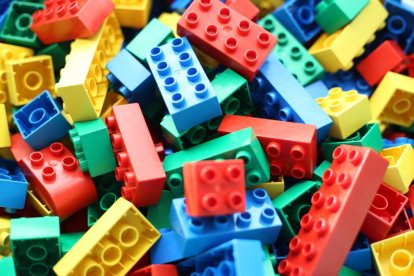Lego won't make toy bricks out of recycled plastic bottles
The toy company said that the new bricks, included in its sustainability plan, created more pollution than the originals.

(
Lego has decided not to make its famous bricks from recycled plastic bottles. The Danish toy company claims that the new bricks, which they began manufacturing in 2021 as part of their environmental plan, create more pollution than the originals and, therefore, they will not continue manufacturing them.
The original materials were created with petroleum-based plastic but they began to look for new materials to use in order to make their famous bricks in a more sustainable way. However, Lego's sustainability manager, Tim Brooks, explained to the Financial Times, that the machines necessary to process and dry the new material create more pollution than the process previously used.
He explained that RPET (plastic with which the new parts are manufactured) is softer than ABS (plastic used with bricks created from petroleum). Therefore, it needs more ingredients to be able to offer resistance similar to that of the original bricks, something that, he said, is equivalent to "trying to make a bike out of wood rather than steel." He said:
Sustainability is essential for Lego
Despite this failure, the company is not giving up and announced that it will continue investing in creating more sustainable materials. According to Lego CEO Niels Christiansen, in 2021, the company had more than 150 people working in the sustainability department who "tested hundreds and hundreds of materials" but could not find a "magic material" to solve the sustainability issue. However, they will continue to try, although gradually. Christiansen said:
Even so, the executive director told the Financial Times that the company has its eyes set on 2032. He explained that, by then, the toy company hopes to reduce emissions by 37% compared to 2019 by using only sustainable materials that do not include recycled plastic bottles.
RECOMMENDATION





















